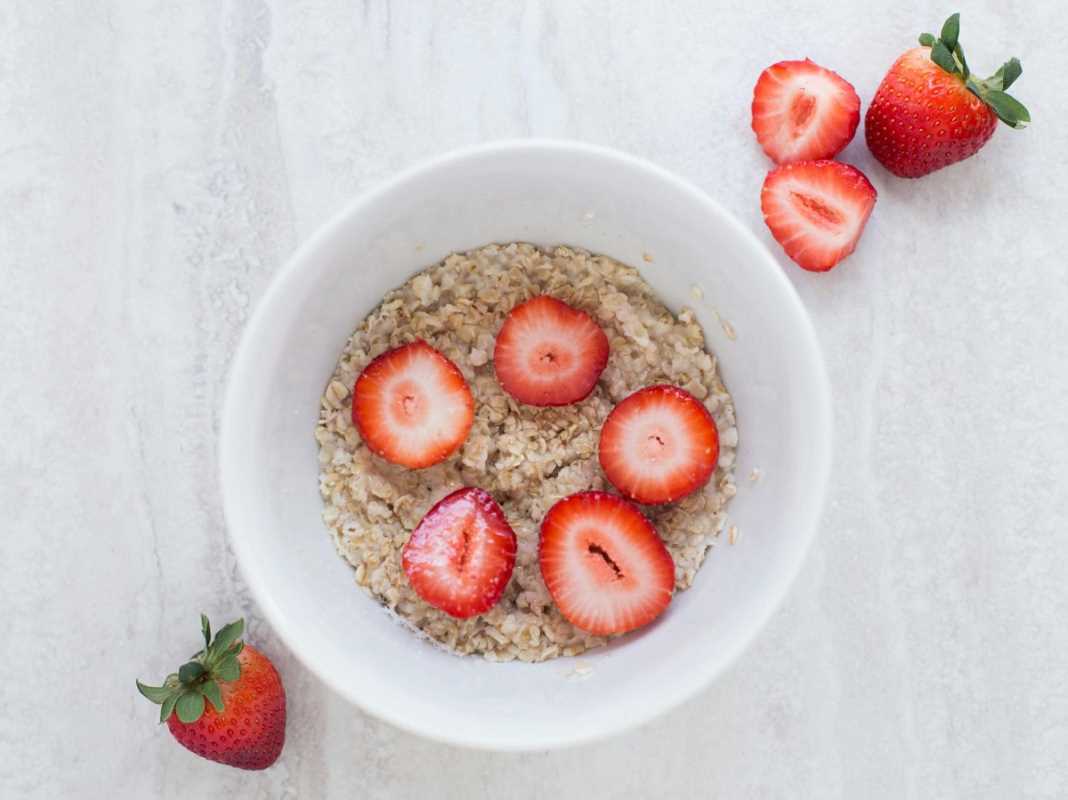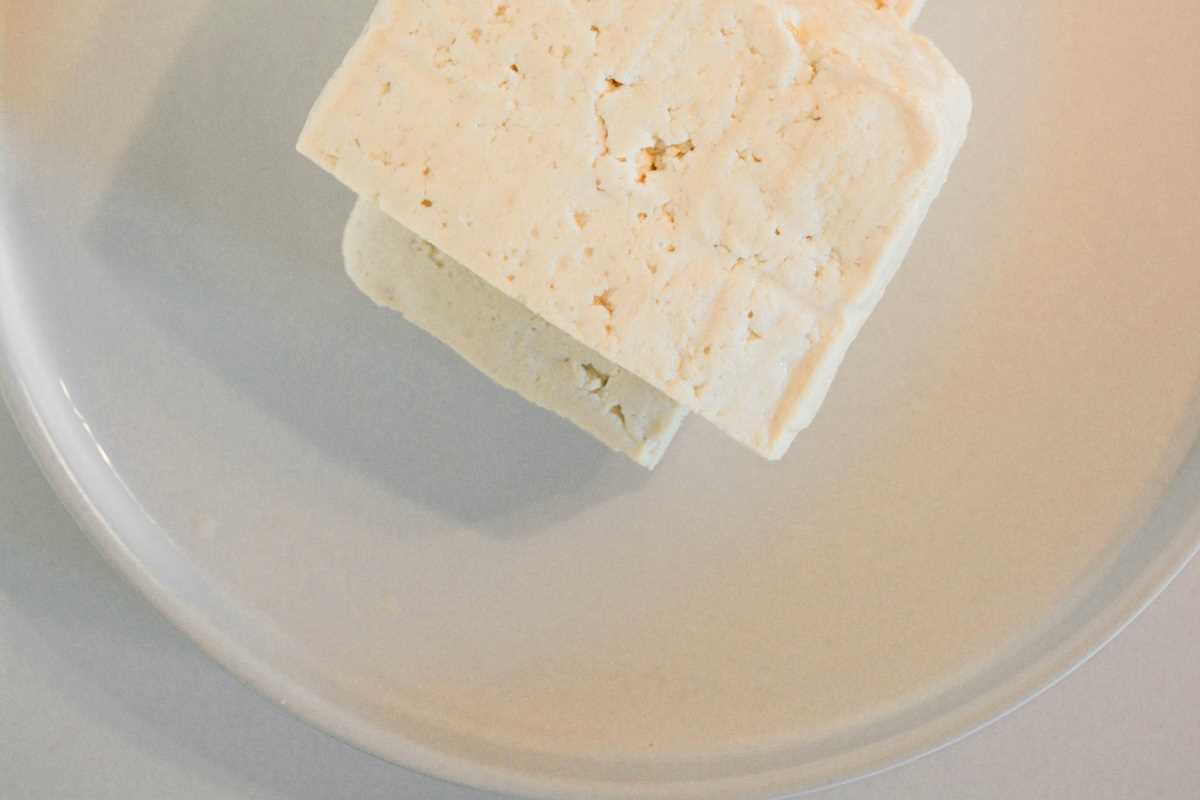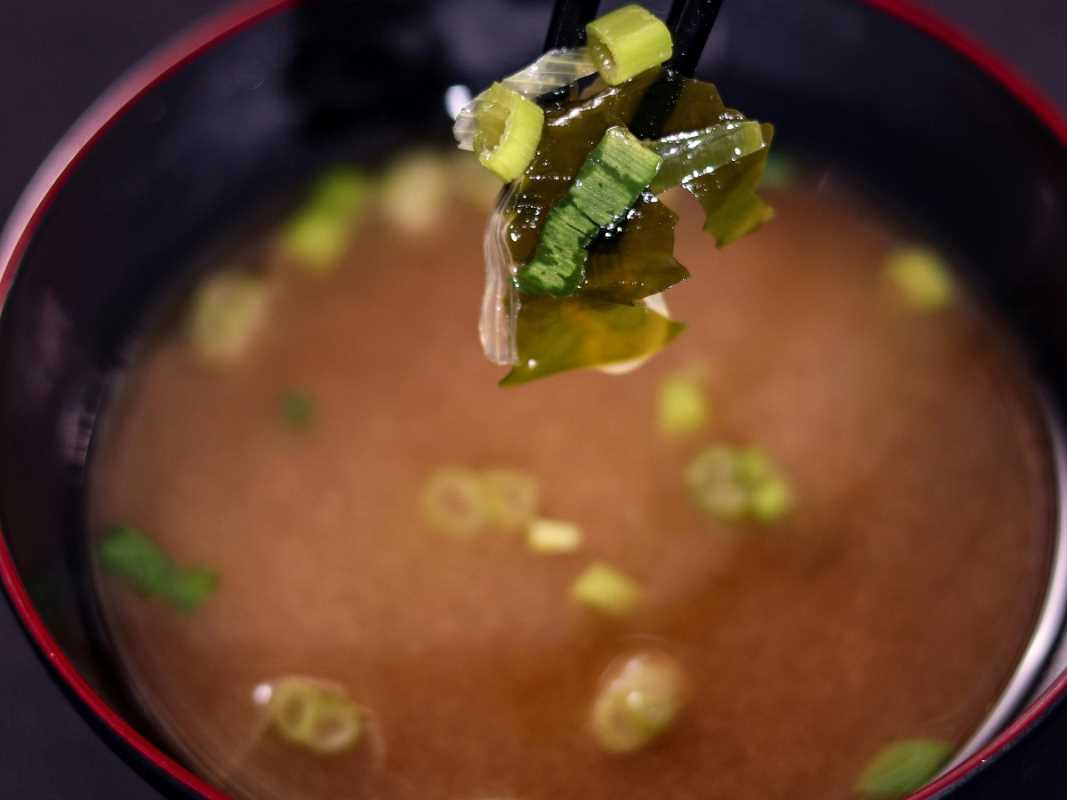When it comes to hosting, the food you serve can make a lasting impression. But imagine if the delicious dishes on your table also reflected your commitment to sustainability. By choosing seasonal, locally-sourced, and low-waste ingredients, you can dazzle your guests with flavors while reducing your environmental footprint.
Creating a sustainable menu doesn’t mean sacrificing taste or elegance. Whether you’re planning a casual get-together or a formal dinner party, these plant-forward recipes will wow your guests and showcase your eco-conscious values. From creative appetizers to decadent desserts, here’s a guide to hosting with sustainability in mind.
Appetizers That Set the Tone
Seasonal Vegetable Crostini
Crostini are the perfect finger food, and they’re incredibly versatile. Using seasonal, locally-sourced vegetables as the star ingredient makes this snack fresh, eco-friendly, and bursting with flavor.
Ingredients
- 1 baguette, sliced into thin rounds
- 2 cups of seasonal vegetables (like cherry tomatoes, zucchini, bell peppers, or mushrooms)
- 2 tbsp olive oil
- 2 garlic cloves, minced
- Fresh basil or parsley for garnish
Instructions
- Preheat your oven to 375°F (190°C). Place baguette slices on a baking sheet and lightly drizzle with olive oil. Bake for 5–7 minutes until crisp.
- Dice the vegetables and sauté them with olive oil, garlic, and a pinch of salt until tender.
- Top each baguette slice with the sautéed vegetables and sprinkle fresh herbs on top. Serve warm or at room temperature.
Sustainability Tips: Use day-old baguettes to reduce food waste, and visit your local farmers’ market for produce grown close to home.
Zero-Waste Veggie Chips
Turn vegetable scraps into crispy, guilt-free snacks! Carrot peels, potato skins, or zucchini ends are transformed into crunchy chips that will keep guests munching.
Ingredients
- 2 cups of vegetable peels or scraps (cleaned)
- 1 tbsp olive oil
- 1/2 tsp salt
- 1/2 tsp paprika or your favorite seasoning blend
Instructions
- Preheat your oven to 400°F (200°C) and line a baking sheet with parchment paper.
- Toss the vegetable scraps with olive oil, salt, and seasonings.
- Spread the scraps out in a single layer on the baking sheet and bake for 10–15 minutes, flipping halfway through. Watch closely to prevent burning.
- Allow the chips to cool slightly before serving.
Sustainability Tips: Use scraps from prep earlier in the day, and compost small bits that can’t be baked.
Impressive Main Courses
Stuffed Bell Peppers with Quinoa
Stuffed bell peppers are a show-stopping main course that’s filling, colorful, and endlessly customizable. Using quinoa and vegetables makes them hearty while keeping the dish plant-based and sustainable.
Ingredients
- 4 large bell peppers, halved and cored
- 1 cup cooked quinoa
- 1 cup seasonal vegetables (like diced zucchini, spinach, or broccoli)
- 1 can of black beans, rinsed and drained
- 1/2 cup tomato sauce
- 1 tsp cumin
- Salt and pepper to taste
- 1/4 cup breadcrumbs or crushed nuts for topping
Instructions
- Preheat your oven to 375°F (190°C). Arrange the bell pepper halves in a baking dish.
- Mix the cooked quinoa, vegetables, black beans, tomato sauce, cumin, salt, and pepper in a bowl. Fill each pepper half with the mixture.
- Sprinkle breadcrumbs or crushed nuts on top for added crunch.
- Bake for 25–30 minutes, or until the peppers are tender. Serve warm.
Sustainability Tips: Use imperfect peppers from local vendors (a few blemishes don’t affect the taste!) and pack any leftovers for lunch the next day.
Herb and Lemon Pasta
This simple yet elegant pasta dish is perfect for gatherings and highlights the beauty of fresh, seasonal herbs.
Ingredients
- 12 oz linguine or spaghetti
- 1/4 cup olive oil
- 3 garlic cloves, minced
- Zest and juice of 1 lemon
- 1/2 cup fresh herbs (like parsley, basil, or mint)
- Salt and pepper to taste
Instructions
- Cook the pasta according to package instructions, reserving 1 cup of the cooking water.
- Heat olive oil in a large pan and sauté the garlic until fragrant. Add the lemon zest and juice, stirring gently.
- Toss the cooked pasta with the garlic mixture, adding reserved pasta water 2–3 tablespoons at a time until you achieve your desired consistency.
- Stir in the fresh herbs and season with salt and pepper before serving.
Sustainability Tips: Look for locally-sourced herbs and buy pasta from environmentally-conscious brands if possible. Freeze leftover fresh herbs to avoid waste.
Decadent Desserts
Apple Crisp with Oat Topping
This classic dessert is ideal for showcasing seasonal produce like apples, and it’s surprisingly simple to make.
Ingredients
- 4 medium apples, thinly sliced
- 1/4 cup maple syrup or brown sugar
- 1 tsp cinnamon
- 1/2 tsp nutmeg
- 1 cup rolled oats
- 1/3 cup almond flour or whole-wheat flour
- 1/4 cup coconut oil or plant-based butter, melted
Instructions
- Preheat your oven to 350°F (175°C). Place the apple slices in a baking dish and toss them with maple syrup, cinnamon, and nutmeg.
- Mix the oats, almond flour, and melted coconut oil in a bowl to create the topping. Spread the mixture evenly over the apples.
- Bake for 25–30 minutes until the apples are tender and the topping is golden brown.
- Serve warm, optionally with a scoop of plant-based ice cream or whipped cream.
Sustainability Tips: Choose apples that are in season and store them properly to prevent spoilage before use.
Chocolate Avocado Mousse
Rich and indulgent, this dessert relies on avocado for its creamy texture and uses simple, whole-food ingredients.
Ingredients
- 2 ripe avocados
- 1/4 cup cocoa powder
- 1/4 cup maple syrup
- 1/3 cup plant-based milk
- 1 tsp vanilla extract
Instructions
- Scoop the avocado flesh into a blender or food processor. Add the cocoa powder, maple syrup, plant-based milk, and vanilla extract.
- Blend until smooth and creamy. Taste and adjust sweetness as needed.
- Chill in the refrigerator for at least 30 minutes before serving.
Sustainability Tips: Use avocados that are ripe and reduce food waste by topping the mousse with leftover fruit or nuts.
Hosting with Sustainability at Heart
Hosting a sustainable gathering is about more than just serving delicious food. It’s an opportunity to show your guests how small, thoughtful choices can make a big impact.
Tips for Eco-Friendly Hosting:
- Avoid disposable items: Use reusable plates, utensils, and napkins to minimize waste.
- Compost scraps: Set up a bin for guests to dispose of cores, peels, and other compostable leftovers.
- Plan portions carefully: Estimate serving sizes to avoid over-preparing. Any leftover food can double as meal prep for the week or be shared with guests.
With these sustainable recipes, your gathering can be as kind to the planet as it is pleasing to the palate. From appetizers made with veggie scraps to desserts highlighting seasonal ingredients, these dishes are a testament to the creativity and flavor of eco-conscious cooking.
.jpg) (Image via
(Image via





